In image processing, computer graphics, and photography, high-dynamic-range imaging (HDRI or just HDR) is a set of techniques that allow a greater dynamic range of luminance between the lightest and darkest areas of an image than current standard digital imaging techniques or photographic methods. This wide dynamic range allows HDR images to more accurately represent the range of intensity levels found in real scenes, ranging from direct sunlight to faint starlight.[1]
The two main sources of HDR imagery are computer renderings and merging of multiple photographs, the latter of which in turn are individually referred to as low-dynamic-range (LDR)[2] or standard-dynamic-range (SDR)[3] photographs.
Tone-mapping techniques, which reduce overall contrast to facilitate display of HDR images on devices with lower dynamic range, can be applied to produce images with preserved or exaggerated local contrast for artistic effect.

Cloudy day in Gotokuji

For those not familiar with the East, that is indeed a dragon. Dragons in Chinese/Japanese myth more resemble giant snakes than dinosaurs as they do in European myth. They also tend to be nicer.
David A. LaSpina,
http://japandave.com/2010/07/hungry-dragon/
The title for this shot comes from The Wheel of Time. Looking at the photo, for some reason I’m reminded of a line from the second book: The Way out will come but once. Be steadfast.
If Shinto is to be believed, the shrine grounds where I took this photo may well be in a place of “overlap” with another reality, where our world and the kami (kah-me / gods or spirits) world meets. I say when entering another world, it’s a good idea to remember where the exits are.
Another older image below taken from the opposite viewpoint, this time looking into the shrine.
Leaves Resting on Steps
The two main sources of HDR imagery are computer renderings and merging of multiple photographs, the latter of which in turn are individually referred to as low-dynamic-range (LDR)[2] or standard-dynamic-range (SDR)[3] photographs.
Tone-mapping techniques, which reduce overall contrast to facilitate display of HDR images on devices with lower dynamic range, can be applied to produce images with preserved or exaggerated local contrast for artistic effect.

Cloudy day in Gotokuji

cranes. minato-mirai
Under the main gate of Zojo-ji temple
Restaurant boats at Odaiba - Tokyo bay
Ginza in old fashioned tints
Ginza in full colour
Tokyo Tower
Staring into the sun
Cranes at Tokyo bay
Cranes at Tokyo bay
Christmas decorations at Lala Port
Ichigaya sunset
White Crown, Shibaura, Tokyo
Japanese White-Eye Hiding in Sakura
David A. LaSpina,
If you think this dragon looks more Chinese than Japanese, you’d be right. I’m not sure if it’s the art style or the color, but something about it says China. This is actually the sign to a chinese restaurant.
For those not familiar with the East, that is indeed a dragon. Dragons in Chinese/Japanese myth more resemble giant snakes than dinosaurs as they do in European myth. They also tend to be nicer.
David A. LaSpina,
http://japandave.com/2010/07/hungry-dragon/
If Shinto is to be believed, the shrine grounds where I took this photo may well be in a place of “overlap” with another reality, where our world and the kami (kah-me / gods or spirits) world meets. I say when entering another world, it’s a good idea to remember where the exits are.
Another older image below taken from the opposite viewpoint, this time looking into the shrine.
Textured Fall Landscape at the Oto River
Leaves Resting on Steps
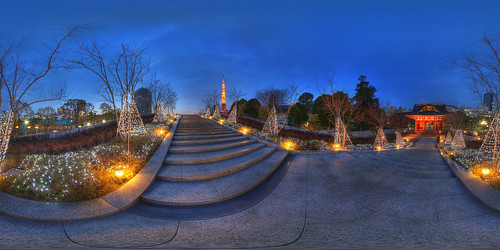
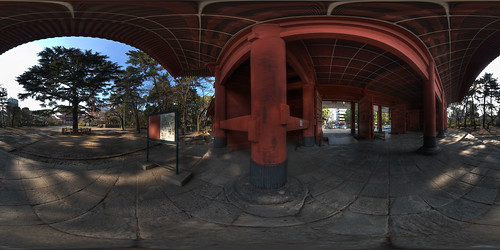


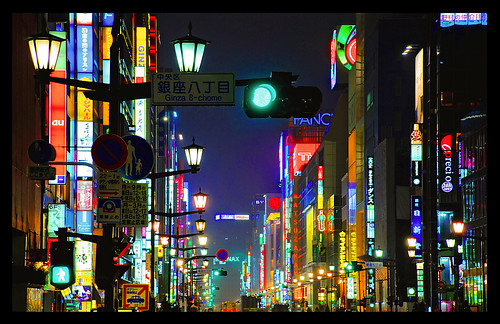
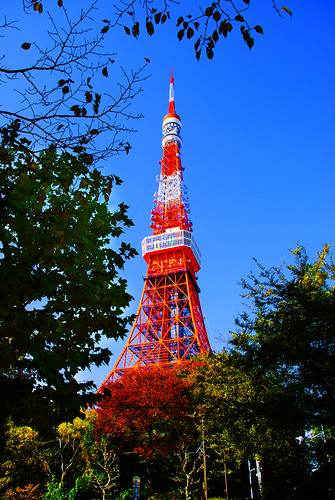
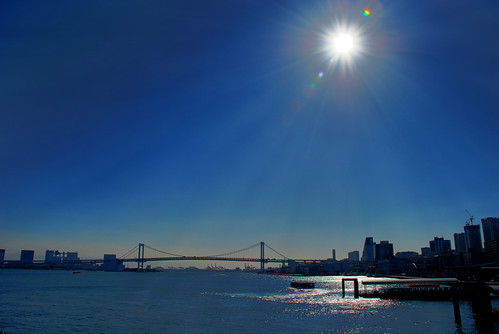
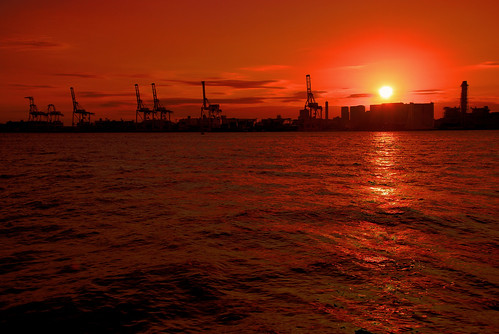

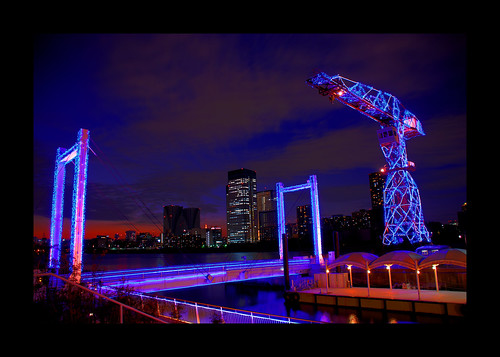


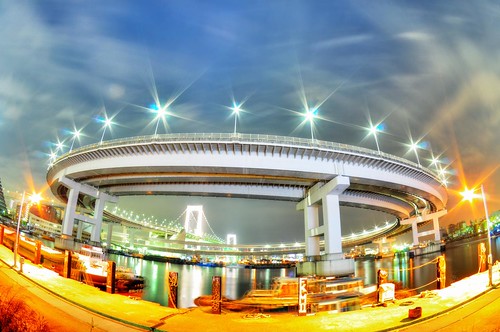






Wonderful!!! Della
ReplyDelete